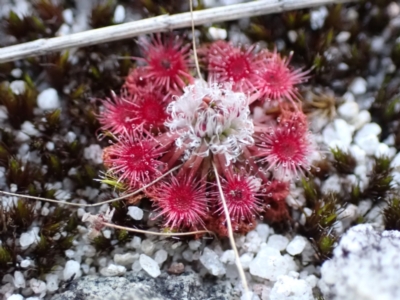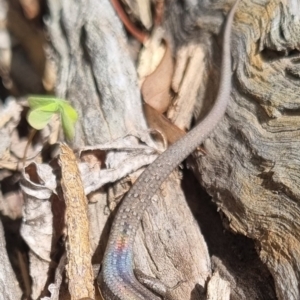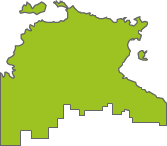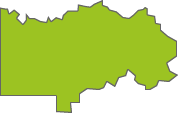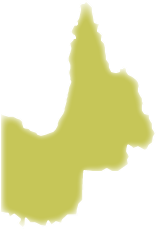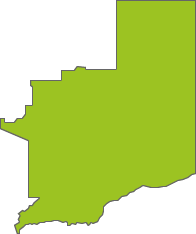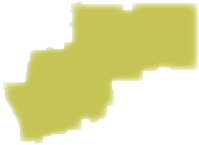Top species richness
Announcements
Hi everyone,A huge thanks to those who completed the Future of NatureMapr survey recently, we appreciate the time and effort you invested to let us know what you think.We received about 400 survey res...
Continue reading
CALLING ALL TESTERS: Update 4.4.0
Application Testing: Update 4.4.0
NatureMapr video launch - please share
Discussion
So please treat it as Bobilla aff. victoriae".
Bobilla aff. victoriae
Curculionidae (family)
Thanks
Alison
Sextius virescens
Camponotus sp. (genus)
Significant sightings
- Keyacris scurra
- Gentianella muelleriana subsp. jingerensis at Namadgi National Park
- Gentianella muelleriana subsp. jingerensis at Namadgi National Park
- Bipalium kewense at Berry, NSW
- Engaeus cymus at Lower Cotter Catchment
- Spiloscapha thallioides
- Ooperipatus costatus at Towrang, NSW
- Rhodamnia rubescens at Currowan State Forest
- Blechnum cartilagineum at Mount Taylor
- Cystopelta purpurea at Seaview, VIC
Latest identifications
Hippodamia variegata at QPRC LGA
Stiromesostenus sp. (genus) at Bruce Ridge
Petaurus notatus at Mount Majura
Petaurus notatus at Mount Majura
Petaurus notatus at Mount Majura
Apocrita (suborder) at Campbell Park Woodland
Ichneumonoidea (Superfamily) at Mount Painter
Thynninae (subfamily) at Russell, ACT
Chalcididae (family) at Casey, ACT
Mutillidae (family) at Hawker, ACT
Monomachus antipodalis at QPRC LGA
Sextius virescens at Sutton, NSW
Nassella trichotoma at Mount Majura
Nassella trichotoma at Mount Majura
Nassella trichotoma at Mount Majura
Nassella trichotoma at Watson, ACT
Nassella trichotoma at Watson, ACT
Austracantha minax at Mulligans Flat
Ctenotus taeniolatus at Ginninderry Conservation Corridor
Top contributors
- AlisonMilton 12.3K
- trevorpreston 12.2K
- michaelb 10.2K
- Tapirlord 9.4K
- RodDeb 9.1K
- Mike 8.3K
- KylieWaldon 6.1K
- kasiaaus 6.1K
- jb2602 6K
- MatthewFrawley 5.5K
Top moderators
- abread111 219
- Alburyconservationcompany 245
- AlexandraK 5
- Alice 33
- AliciaKaylock 0
- AlisonMilton 0
- AlisonMilton 5.2K
- Amata 2.2K
- AndrewG 85
- AndrewMorrison 10
Explore Australia by region
Australian Capital Territory
Canberra & Southern TablelandsNew South Wales
Albury, WodongaCanberra & Southern Tablelands
Central West NSW
Far West New South Wales
Greater Sydney
Hunter Region
New England
New South Wales North Coast
Riverina Murray
South Coast
Southern Highlands
Northern Territory
Central and BarkleyTop End and Big Rivers



